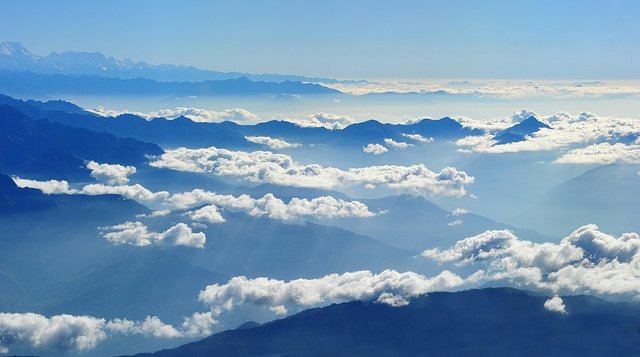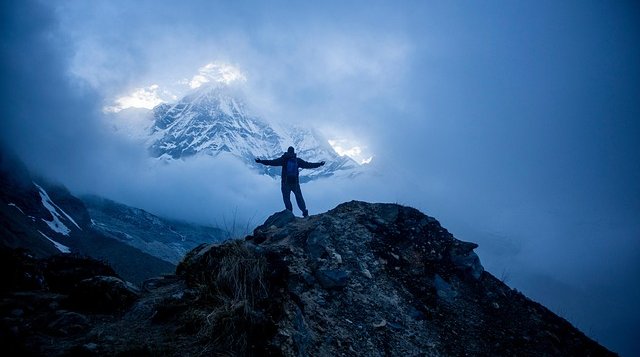Introduction
Nepal, the mystical Himalayan kingdom nestled between India and China, beckons travelers with its extraordinary blend of towering peaks, ancient temples, diverse wildlife, and warm hospitality. From the bustling streets of Kathmandu to the serene lakes of Pokhara, this trekkers' paradise and birthplace of Buddha offers experiences that transform every visitor's perspective on adventure and spirituality.
Whether you're an adrenaline-seeking mountaineer, a culture enthusiast drawn to UNESCO World Heritage sites, or a spiritual seeker following in Buddha's footsteps, Nepal delivers unforgettable moments at every turn. This comprehensive guide explores the top 5 places to visit in Nepal, providing you with essential insights, practical planning advice, and diverse activities to craft your perfect Himalayan adventure.
The Top 5 Must-Visit Destinations in Nepal
Kathmandu: Nepal's Cultural & Historical Epicenter
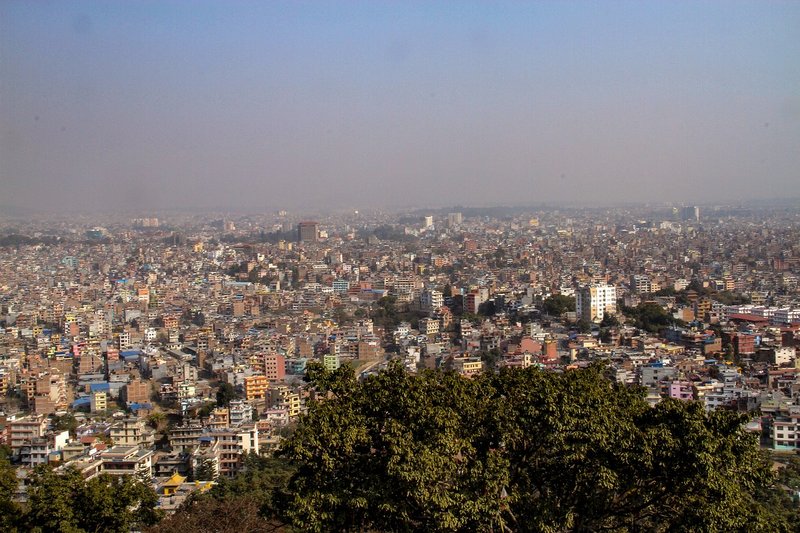
The vibrant capital city of Kathmandu serves as Nepal's beating heart, where ancient traditions seamlessly blend with modern life. This UNESCO World Heritage treasure trove houses seven monument zones within the Kathmandu Valley, making it an essential stop for any Nepal itinerary.
Key Attractions & Activities
Kathmandu Durbar Square stands as the city's crown jewel, featuring intricate woodcarvings, ancient palaces, and the living goddess Kumari's residence. The square buzzes with local life, street vendors, and traditional festivals throughout the year.
Swayambhunath (Monkey Temple) perches atop a hill, offering panoramic valley views and spiritual significance dating back over 2,000 years. The temple complex provides insight into both Buddhist and Hindu traditions, while resident monkeys add character to your visit.
Boudhanath Stupa, one of the world's largest Buddhist stupas, creates a meditative atmosphere where Tibetan refugees and pilgrims perform ritual circumambulations. The surrounding area features authentic Tibetan restaurants and monasteries.
Cultural Immersion
Thamel district serves as the tourist hub, offering everything from traditional handicrafts to modern gear for mountain expeditions. Here, you can sample authentic Newari cuisine, including momos (dumplings) and dal bhat (lentil curry with rice), while experiencing Nepal's famous hospitality.
Practical Tips
- Entry Fees: Most heritage sites charge 200-1,000 NPR for foreigners
- Air Quality: Consider wearing masks during peak pollution hours (morning/evening)
- Transportation: Use pre-paid taxis or rideshare apps to avoid overcharging
- Best Time: Early morning visits to heritage sites offer cooler temperatures and fewer crowds
Pokhara: The Adventure & Lakeside Paradise
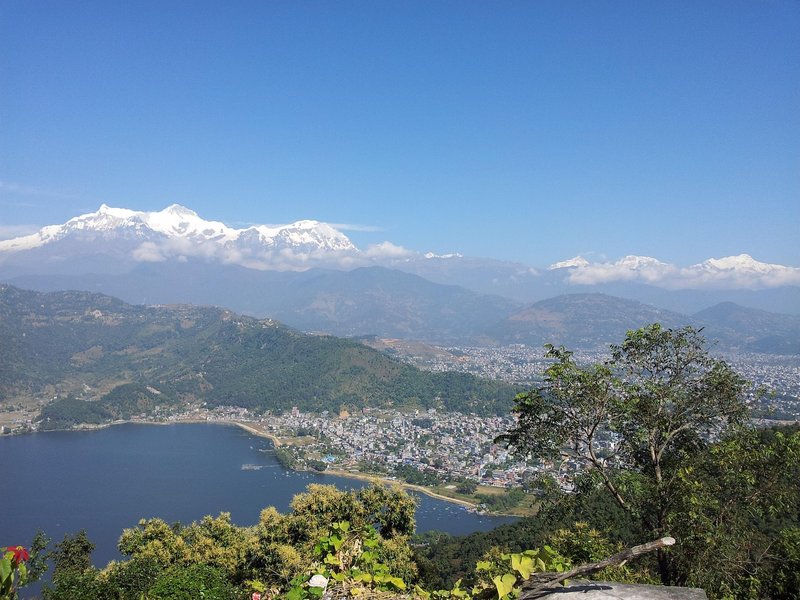
Pokhara captivates visitors as Nepal's adventure capital, where the serene Phewa Lake mirrors the magnificent Annapurna mountain range. This lakeside city serves as the gateway to some of the world's most spectacular trekking routes while offering thrilling adventure sports.
Key Attractions & Activities
Phewa Lake provides the perfect setting for boating excursions to the Tal Barahi Temple, situated on a small island. The lakeside promenade, known as Lakeside, features restaurants, shops, and accommodations with stunning mountain views.
Sarangkot Hill delivers breathtaking sunrise and sunset views over the Himalayas, including Annapurna, Dhaulagiri, and on clear days, the distant Everest. The viewpoint also serves as a popular paragliding launch site.
World Peace Pagoda offers panoramic views of Pokhara city, Phewa Lake, and the surrounding mountains. The peaceful Buddhist stupa can be reached by boat across the lake followed by a moderate hike.
Adventure Sports Hub
Pokhara stands as Nepal's premier destination for adventure activities:
- Paragliding: Soar above the valley with qualified instructors (USD 80-120)
- Bungee Jumping: Experience the 160-meter jump at one of the world's highest bungee sites
- White-water Rafting: Navigate the Seti and Kali Gandaki rivers
- Mountain Biking: Explore scenic trails around the valley
- Trekking: Access points for Annapurna Base Camp and Poon Hill treks
Practical Tips
- Best Weather: October-December and March-May for clear mountain views
- Altitude: 827 meters - no altitude sickness concerns
- Transportation: 25-minute flights from Kathmandu or 6-7 hour scenic drive
- Accommodation: Lakeside offers the best location for restaurants and mountain views
Chitwan National Park: A Journey into Nepal's Wildlife
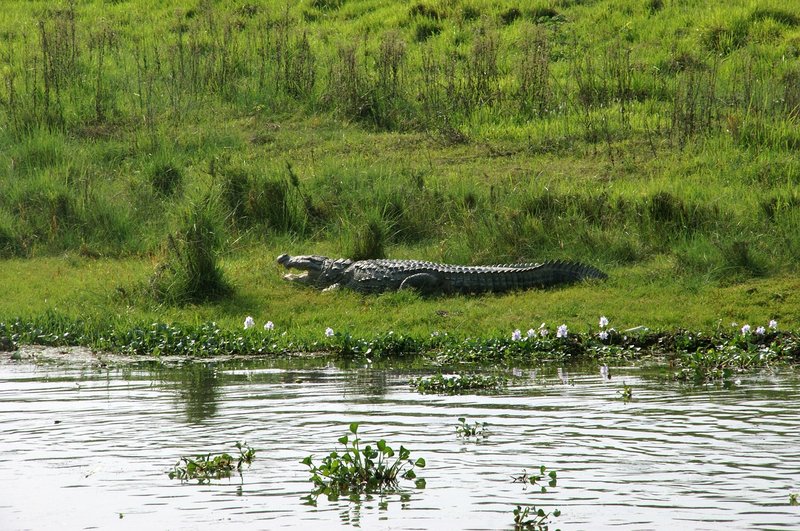
Chitwan National Park transforms Nepal's adventure narrative from high-altitude peaks to lowland jungles, offering world-class wildlife experiences in a UNESCO World Heritage landscape. This 932-square-kilometer park protects endangered species while providing sustainable eco-tourism opportunities.
Key Attractions & Activities
Jungle Safari adventures reveal Nepal's incredible biodiversity, including the greater one-horned rhinoceros, Bengal tigers, leopards, and over 500 bird species. Both jeep safaris and guided walking safaris offer unique wildlife viewing opportunities.
Elephant Encounters provide close-up experiences with these gentle giants through ethical elephant sanctuaries that prioritize animal welfare over riding activities.
Canoe Safari along the Rapti River offers peaceful wildlife viewing, particularly for crocodiles, water birds, and riverine wildlife while providing a different perspective of the park's ecosystem.
Wildlife Spotting
The park's diverse habitats support an impressive array of wildlife:
- One-horned Rhinoceros: Over 645 individuals call Chitwan home
- Bengal Tigers: Approximately 120 tigers roam the park
- Asian Elephants: Wild herds frequently spotted during safaris
- Sloth Bears, Leopards, and Deer: Regular sightings throughout the park
Practical Tips
- Entry Fees: 2,000 NPR for foreigners (3-day pass)
- Best Time: October-March for optimal wildlife viewing and pleasant weather
- Accommodation: Stay in Sauraha for easy park access and community-based tourism
- Ethical Tourism: Choose operators committed to wildlife conservation and community development
Lumbini: The Sacred Birthplace of Buddha
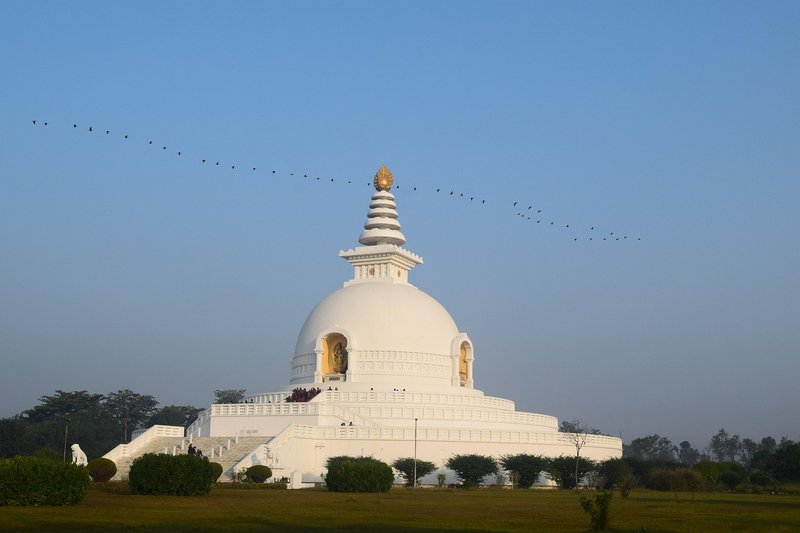
Lumbini holds profound spiritual significance as the birthplace of Siddhartha Gautama, who became Buddha, making it one of the world's most important pilgrimage sites. This UNESCO World Heritage site attracts Buddhist pilgrims and spiritual seekers from across the globe.
Key Attractions & Activities
Maya Devi Temple marks the exact spot where Queen Maya Devi gave birth to Buddha in 563 BCE. The temple houses ancient ruins and the sacred Marker Stone, creating a deeply moving spiritual experience for visitors.
Sacred Garden spans the immediate birth area, featuring the sacred Bodhi tree, meditation areas, and archaeological excavations that reveal Lumbini's 2,600-year history.
International Monastery Zone showcases Buddhist temples built by various countries, including stunning examples from Thailand, Myanmar, Japan, and other Buddhist nations, each reflecting unique architectural styles and cultural interpretations.
Spiritual Significance
Lumbini represents one of Buddhism's four holy sites, alongside Bodh Gaya (enlightenment), Sarnath (first sermon), and Kushinagar (death). The peaceful atmosphere encourages meditation, reflection, and spiritual growth regardless of personal religious beliefs.
Practical Tips
- Entry Fees: Free access to most areas; some monasteries charge minimal fees
- Respectful Visit: Maintain silence in sacred areas and dress modestly
- Transportation: 280 km from Kathmandu (6-7 hours by road) or fly to Bhairahawa
- Accommodation: Stay in Lumbini village or nearby Bhairahawa for better facilities
Bhaktapur: Preserving Medieval Charm & Artistry
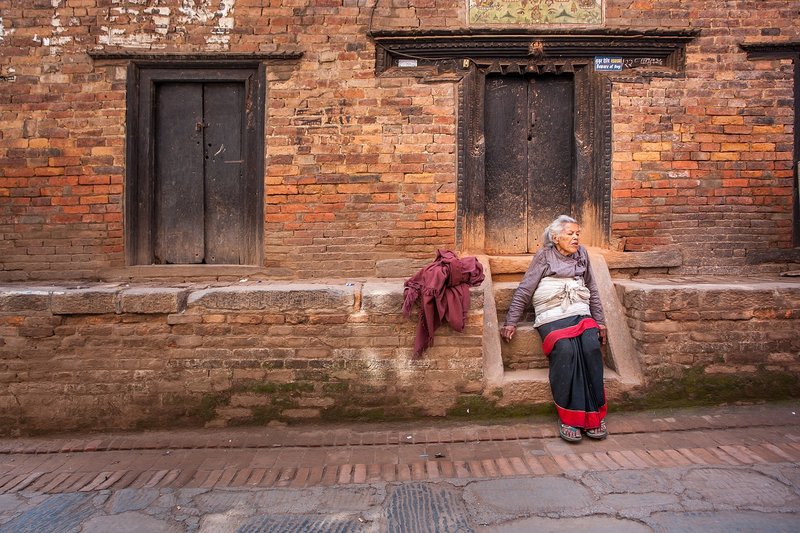
Bhaktapur, known as the "City of Devotees," transports visitors back to medieval Nepal through its remarkably preserved architecture, traditional crafts, and authentic cultural experiences. This UNESCO World Heritage city maintains its historical character while showcasing Nepal's finest artisanal traditions.
Key Attractions & Activities
Bhaktapur Durbar Square features the magnificent 55-Window Palace, Golden Gate, and numerous temples showcasing Newari architecture at its finest. The square serves as a living museum where traditional life continues alongside historical preservation.
Pottery Square demonstrates centuries-old pottery-making techniques, where skilled artisans create beautiful clay vessels using traditional methods. Visitors can observe the entire process from clay preparation to finished products.
Nyatapola Temple, Nepal's tallest pagoda temple, stands five stories high and represents architectural perfection through its precise proportions and intricate carvings.
Cultural Immersion
Bhaktapur offers authentic cultural experiences through:
- Traditional Crafts: Woodcarving, metalwork, and textile production
- Local Cuisine: King Curd (juju dhau), sel roti, and traditional Newari dishes
- Festivals: Bisket Jatra and other traditional celebrations throughout the year
- Art Workshops: Participate in pottery, painting, or woodcarving classes
Practical Tips
- Entry Fees: 1,500 NPR for foreigners (valid for multiple days)
- Best Time: Early morning or late afternoon for optimal lighting and fewer crowds
- Transportation: 45 minutes from Kathmandu by local bus or taxi
- Photography: Respect local customs and ask permission before photographing people
Beyond the Top 5: Other Notable Nepal Destinations
Nepal's diversity extends far beyond these five destinations. Nagarkot offers stunning Himalayan sunrise views just 32 km from Kathmandu. Poon Hill provides accessible trekking experiences with panoramic mountain vistas. Gokyo Ri challenges experienced trekkers with spectacular Everest region views. Bardiya National Park delivers excellent tiger spotting opportunities in a less crowded setting. Patan Durbar Square showcases exquisite Newari architecture and metalwork traditions, making it perfect for culture enthusiasts seeking alternatives to Kathmandu's busier heritage sites.
Planning Your Dream Trip to Nepal
Best Time to Visit
October to December represents peak season with clear skies, excellent mountain visibility, and pleasant temperatures. This period offers optimal conditions for trekking, sightseeing, and wildlife viewing, though expect higher prices and crowded popular destinations.
March to May provides the second-best travel window with warming temperatures, blooming rhododendrons, and good weather for most activities. Pre-monsoon conditions may bring occasional afternoon clouds but generally offer excellent travel conditions.
June to August brings monsoon rains, making trekking challenging but transforming the landscape into lush greenery. This period offers budget advantages and fewer crowds, though flight delays and road disruptions are common.
Visa Requirements
Most nationalities can obtain Nepal visas on arrival at Tribhuvan International Airport or land borders. Tourist visas cost USD 30 (15 days), USD 50 (30 days), or USD 125 (90 days). Ensure your passport has six months validity and carry passport photos. Some nationalities require advance visa applications, so verify current Nepal visa requirements based on your citizenship.
Estimated Costs & Budgeting
Budget Travel: USD 20-30 per day including basic accommodation, local meals, and public transportation
Mid-range Travel: USD 50-80 per day with comfortable hotels, varied dining, and private transportation
Luxury Travel: USD 150+ per day featuring premium accommodations, guided tours, and exclusive experiences
Activity Costs:
- Paragliding: USD 80-120
- Everest Mountain Flight: USD 180-220
- Chitwan Safari Package: USD 100-150 per day
- Annapurna Base Camp Trek: USD 800-1,200 (guided)
Sample Itineraries
7-Day Nepal Itinerary:
- Day 1-2: Kathmandu exploration and heritage sites
- Day 3-4: Pokhara lakeside relaxation and adventure activities
- Day 5-6: Chitwan National Park wildlife safari
- Day 7: Bhaktapur day trip and departure preparation
14-Day Nepal Adventure:
- Extend with Lumbini pilgrimage, Annapurna Base Camp trek, or additional cultural destinations
Essential Travel Tips for First-Time Visitors
Health Preparations: Obtain travel insurance covering high-altitude activities. Carry basic medications and consider altitude sickness prevention for treks above 3,000 meters.
Cultural Sensitivity: Dress modestly at religious sites, remove shoes before entering temples, and avoid pointing feet toward sacred objects or people.
Currency: Nepalese Rupee (NPR) is the local currency. Indian Rupees are widely accepted. Carry cash as ATMs may be limited in remote areas.
Communication: Learn basic Nepali phrases like "Namaste" (hello/goodbye) and "Dhanyabad" (thank you) to connect with locals.
Photography: Ask permission before photographing people, especially in rural areas. Some heritage sites charge additional fees for cameras.
Adventure Activities Beyond Specific Locations
Nepal offers world-class adventure sports throughout the country:
- White-water Rafting: Trishuli, Seti, and Karnali rivers provide various difficulty levels
- Rock Climbing: Natural and artificial climbing opportunities near Kathmandu and Pokhara
- Canyoning: Waterfall rappelling adventures in various locations
- Mountain Biking: Scenic trails from easy valley rides to challenging mountain routes
- Skydiving: Tandem jumps with Himalayan backdrops near Pokhara
Conclusion: Charting Your Nepal Adventure
Nepal's extraordinary diversity ensures every traveler discovers their perfect adventure, whether seeking spiritual enlightenment at Buddha's birthplace, adrenaline-pumping activities in Pokhara, wildlife encounters in Chitwan, cultural immersion in ancient cities, or simply connecting with the world's most welcoming people.
These top 5 destinations represent just the beginning of Nepal's treasures. Each location offers unique experiences that contribute to a comprehensive understanding of this remarkable Himalayan kingdom. From the bustling heritage courtyards of Kathmandu to the tranquil meditation spaces of Lumbini, Nepal rewards thoughtful travelers with memories that last a lifetime.
Start planning your Nepal adventure today – the Himalayas are calling, and an extraordinary journey awaits in the land where legends come alive and every sunrise brings new possibilities for discovery and wonder.

